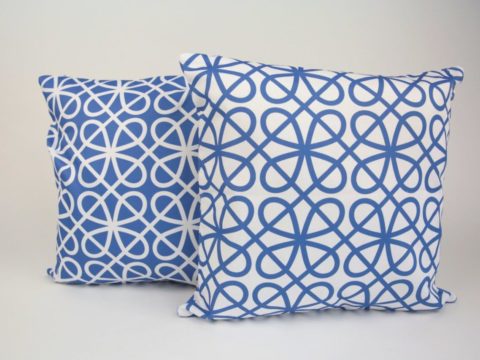The English Wool Trade
Chapter 1: Background
The Black Death of 1348 – 9 and the waves of plague that followed it reduced the population of the British Isles dramatically – some sources suggest by as much as 50%, although around a third seems to be the most widely accepted figure.
The result of this depopulation was a reduction in the amount of land under cultivation. Even today, nearly seven hundred years later, the countryside still shows traces of the abandoned settlements that were never re-populated.
With the scarcity of labour that such wide-scale mortality created, landowners were obliged to find new ways to make economic use of land. The answer was sheep-farming. The land that had taken twenty men to plough, sow and reap, could run a flock that needed only a shepherd and a dog to tend.
It soon became apparent that sheep-farming was vastly more profitable than subsistence agriculture had been, and the economy of those areas where wool could be produced, and the sea-ports whence it could be exported to the weavers of the Low Countries, boomed. The evidence remains in the shape of the great wool-churches, concentrated particularly in the Cotswolds, and East Anglia. These structures, icons of late-mediaeval England, were enormous – great tributes to the glory of God, and, perhaps, propitiatory offerings to heaven to prevent further plagues.
In 1454, Parliament declared that the making of cloth within all parts of the realm is the greatest occupation and living of the poor commons of this land. The taxes and duties on wool and cloth formed the majority of Crown income, in a time when the king was expected to pay for everything related to running the country out of Crown income, except in times of war.
Typically, during the late Mediaeval period, the Crown might earn 40s per sack for wool exported by a native, or 53s per sack exported by an alien. The exporting of wool was managed by the Company of the Merchants of the Staple (Staplers), who had an effective monopoly.
The staple itself – that is, the place designated by law for the transaction of the trade - was at Calais from 1363, although some merchant communities had exemptions e.g. Newcastle and Berwick were permitted to ship directly to Bruges, in the Low Countries, where the Scottish staple was based and where Spain set up its staple in 1494. In 1523, York merchants were granted a like privilege, but the complaints from the Staplers were so loud that the privilege was revoked in 1529. The Staplers also objected to the Crown giving licences to foreign merchants to export directly, in return for fat fees.
The wool trade expanded in to cloth-making. Instead of most raw wool being exported, it was retained for weaving at home and then exported as the finished product. Villages were full of spinsters, usually women, spinning the raw wool into yarn, and websters, usually men, operating small hand looms in their own cottages.
As well as the spinsters, the websters, the clothiers, and the merchants, there was also a group of what might be called middlemen, known as broggers. Broggers bought the wool from the sheep farmers, and either sold it to the spinsters and weavers, or used them as piece workers to create the cloth to sell on to the cloth-exporters.

